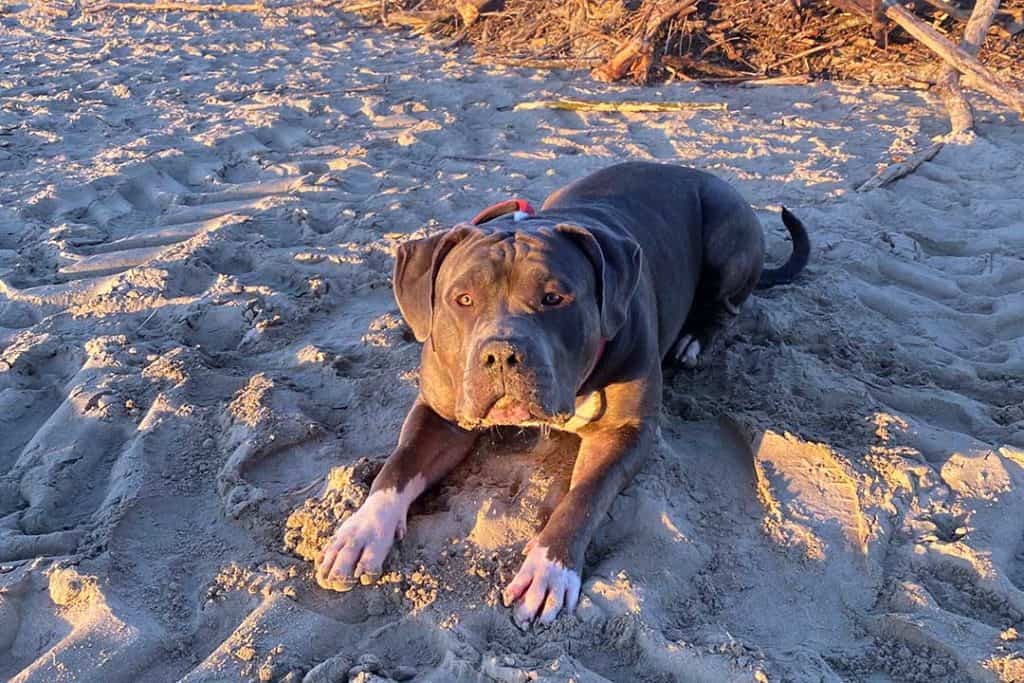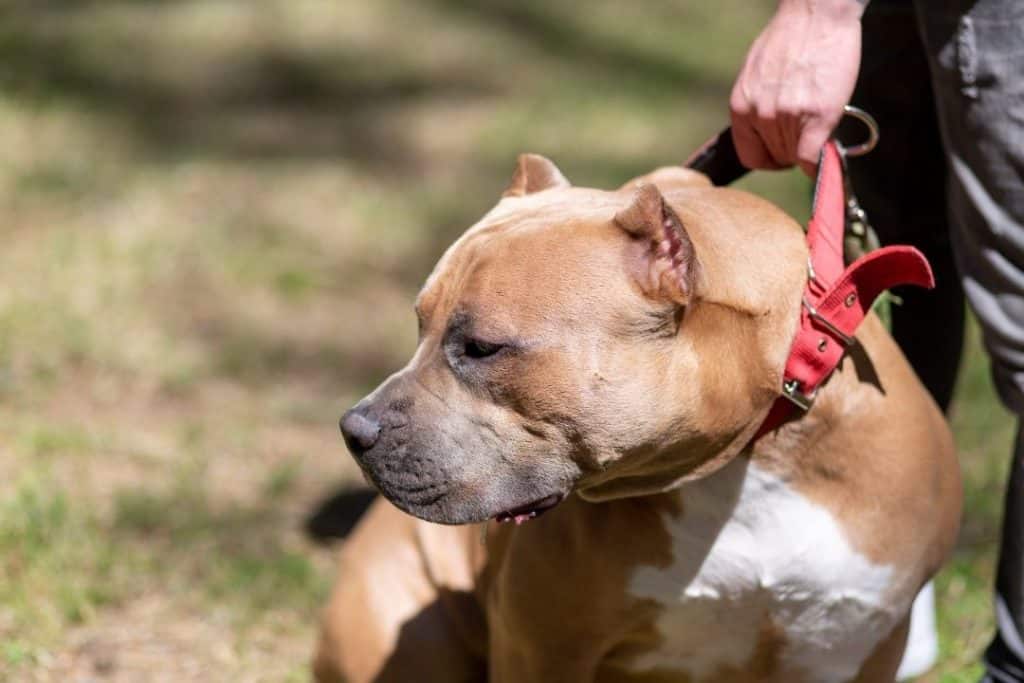This article may contain affiliate links, and I will be compensated if you make a purchase after clicking on my links (at no additional cost to you)
If your Bully stops growing, it’s a cause for concern. While some dogs grow differently according to their breed, others may have a medical condition that can be treated.
If your American Bully isn’t growing properly, a portosystemic shunt or other poor genetics could be causing the slow growth. Improper growth may also be caused by malnutrition or parasites. Always seek veterinary council when concerned about your puppy’s growth.
We’ll go over five things you should know about why your American Bully isn’t growing and when growth stops in this article.
Normal Growth for an American Bully
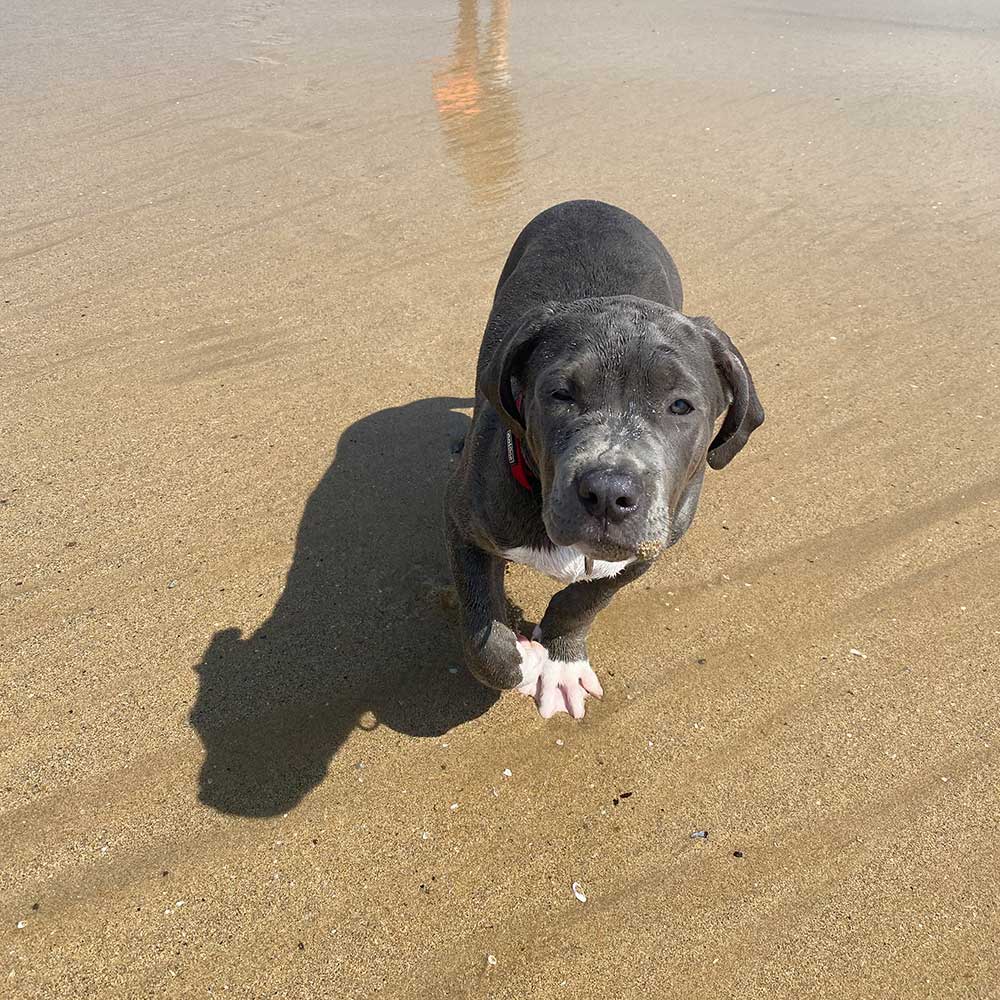
Depending on the size and breed of the dog, growth ceases between the ages of 6 and 18 months. Until around 6 months of age, when differences in development and maturation between different-sized puppies become obvious, all puppies develop swiftly and at a similar rate.
In general, big dogs, like your American Bully, will take longer to mature compared to small dogs, like Chihuahuas. It just takes longer for large-breed dogs to grow larger bones. On average, an American Bully will be fully grown in the tail end of that range–around 12 to 18 months in age.
Definitively, dogs are considered to be finished growing when the growth plates at the ends of their bones close. This essentially signals that the bones can no longer develop. Keep in mind, after their bones have developed, dogs may continue to gain fat and muscle mass, but this has no influence on when they’re considered completely grown.
5 Things To Know About Stunted Growth in an American Bully
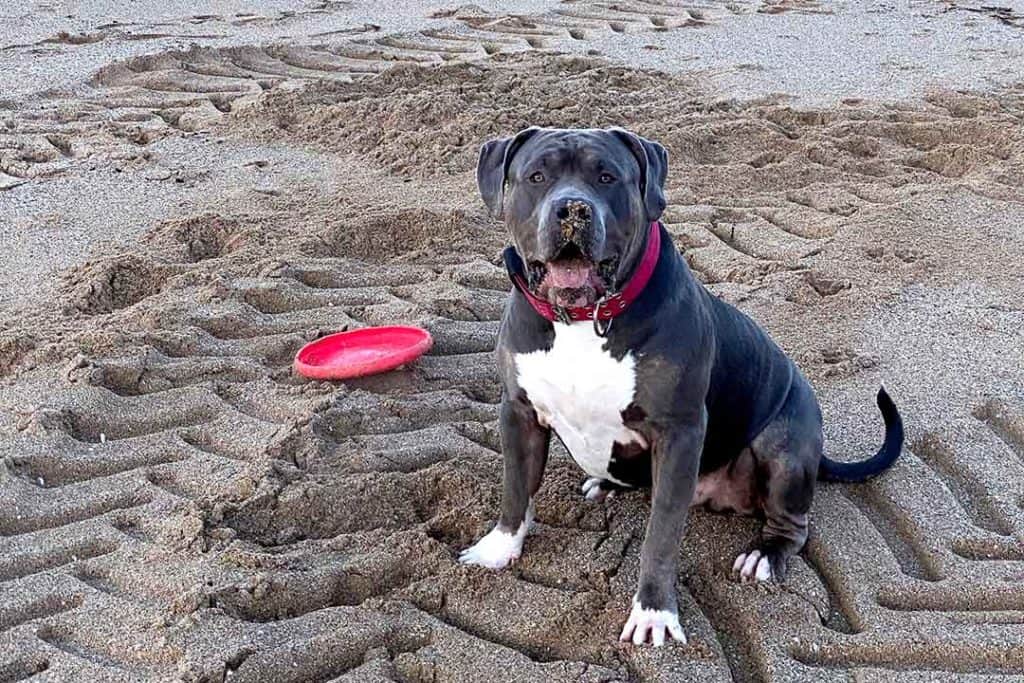
If you’ve considered your dog’s age and they’re still behind in growth rate, it could indicate a problem. Here are some of the most common reasons why your American Bully’s growth may come to a standstill.
Poor Genetics Can Cause Stunted Growth
The American Bully and other large breed dogs mature more slowly than smaller breeds due to their genetic makeup, taking up to a year to reach full adult size. On top of this, poorly bred dogs with weak genetics may grow even more slowly.
A Portosystemic Shunt Can Cause Slow Growth
A portosystemic shunt is when the blood channel that normally delivers blood to the liver for cleansing skips the liver and, instead, sends the blood directly to the circulatory system.
When toxins and nutrients normally handled by the liver aren’t given the chance to detoxify in the liver, they return to the body. In turn, this can cause symptoms including stunted growth, poor muscular development, and strange behaviour such as head circling or pushing.
Some Bullies may show symptoms as puppies, but others may not show symptoms until adulthood. In some cases, a portosystemic shunt might develop as a result of worsening liver failure. Unfortunately, American Bullies are among the breeds that are predisposed to the disease. And because portosystemic shunts are typically a congenital condition, they’re impossible to prevent.
Growth Is Affected By Nutrition
Puppies require adequate nutrients to adequately mature, which aids in muscle and bone growth.
If they don’t get enough of certain nutrients and proteins, their growth can be impeded. As it were, the majority of cases of stunted growth can be avoided by providing your puppy with the proper nutrition as they grow.
Finding the finest puppy food for your puppy based on their breed and nutritional requirements is crucial to their optimum development. For instance, something like Infinia Salmon and Sweet Potato Dog Food is a grain-free formula made with Omega 3 and 6 fatty acids that support a healthy coat and skin.
Indeed, there are multiple types of puppy food available for various breeds that can assist you, but if you have any more questions, please consult your veterinarian.
Parasites Are Inhibiting Proper Growth
Internal parasites ingest their host’s nutrients, effectively consuming what the host requires to thrive. This could lead to exhaustion, apathy, and stunted growth. Parasites such as roundworms, hookworms, whipworms, and tapeworms can all cause stunted growth.
- Roundworms: Roundworm larvae initially infect the dog’s digestive tract, but they can also burrow into other interior tissues and organs. Larvae mature and travel to the lungs to develop before being coughed up and eaten again, finishing their life cycle in the gut.
- Hookworms: Hookworms are a parasite with teeth that feeds on blood. They can be deadly in newborn puppies due to the amount of nutrients they steal from the dog. Hookworms follow the same life cycle as the roundworm, travelling around the body and maturing in the lungs before returning to the gut.
- Whipworms: Whipworms are large gut worms that don’t extract as much nourishment as other worms. Unless they burrow into the digestive tissue, worms rarely produce symptoms. They do exist in the United States, although they aren’t particularly common.
- Tapeworms: Tapeworms live in the small intestine, where they grab onto the wall with six tiny rows of teeth and collect nutrients as food is processed. They’re long and flat, with a length of half a foot or more. Because there are adequate nutrients to feed both host and tapeworm, the parasite doesn’t start to cause damage until it’s very active. Once the worm is evacuated, it usually breaks into pieces that resemble rice grains.
Internal parasites can be avoided by regularly delivering anti-parasitic medications, which is typically done throughout a dog’s life. Monthly topical treatments and oral pills or chews are the most typical ways for pet parents to protect their pets from these intruders. Regular testing with your veterinarian is advised during check-ups.
Suspected Growth Problems Should Be Addressed By Your Vet
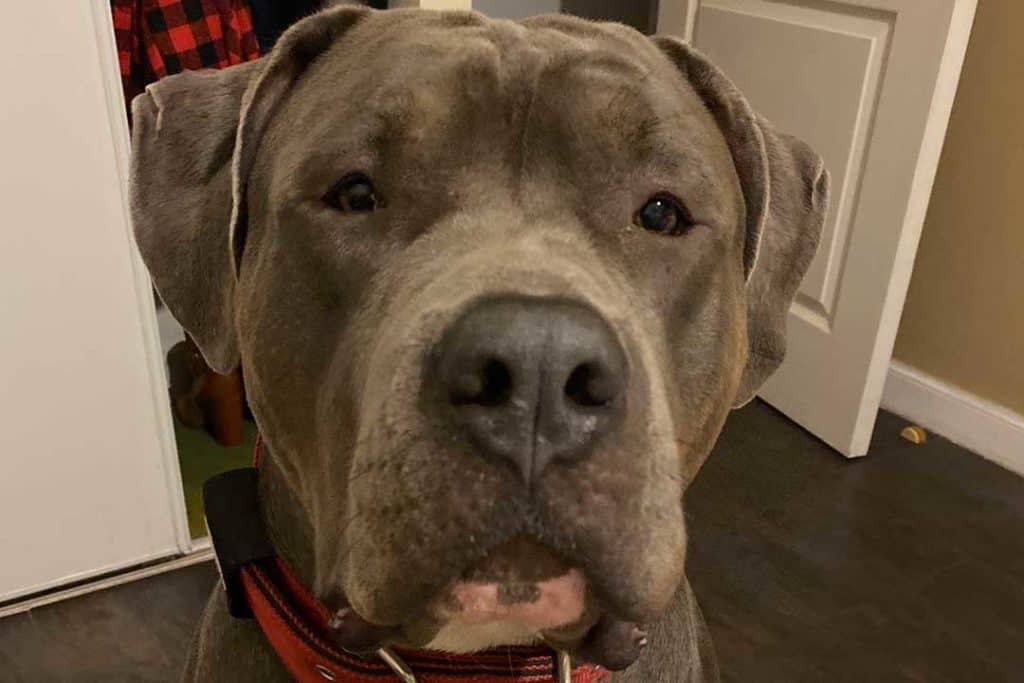
If your Bully hasn’t grown in a while and doesn’t meet the breed’s criteria, it’s time to take him to the vet for a check-up. Your veterinarian will do a complete physical examination and inquire about your Dog’s medical history.
Include your dog’s symptoms, any medications they’re on, their current food, whether you have any other pets in the house, and any new places or animals they’ve recently encountered.
Your veterinarian will most likely go through proper puppy nutrition with you and inquire about their current diet. They may even suggest a food change to ensure your puppy gets the optimum amount of proteins and nutrients to thrive. The breed of your dog, as well as any inherited defects, are also likely to play an impact.
For a portosystemic/liver shunt, your veterinarian may do a complete blood count (CBC), serum chemistries, urinalysis, and bile acid test to look for any abnormal findings. Additional tests, such as an ultrasound, CT scan, portography, MRI, and laparotomy, may be done to confirm a portosystemic/liver shunt diagnosis.
Antibiotics may also be given to your dog to alter the bacterial community in his intestines and promote the growth of beneficial bacteria. A portosystemic shunt can be repaired surgically, however it depends on where it is located.
Internal parasites can be diagnosed with a faecal inspection by your veterinarian, and they can be treated with anti-parasitic medications such as oral pills and chews, injections, or topical therapies.
Final Thoughts
If you suspect your American Bully isn’t growing properly, it’s best to get a veterinarian’s opinion as to what the cause could be.
Should there be an issue, the medical state of your dog determines the treatment for his or her stunted growth.
Eradication of intestinal parasites, for example, could cost anywhere from $200 to $500. On average, it costs approximately $3000 to diagnose and surgically treat your dog with a portosystemic shunt ligation.
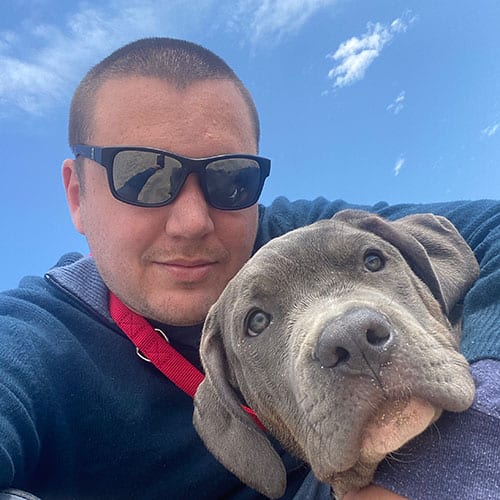
I created this blog to share my passion for bullies, and help current and future pitbull owners with things like diet and education.
Hope you find it useful, don’t hesitate to drop a comment on my articles!

